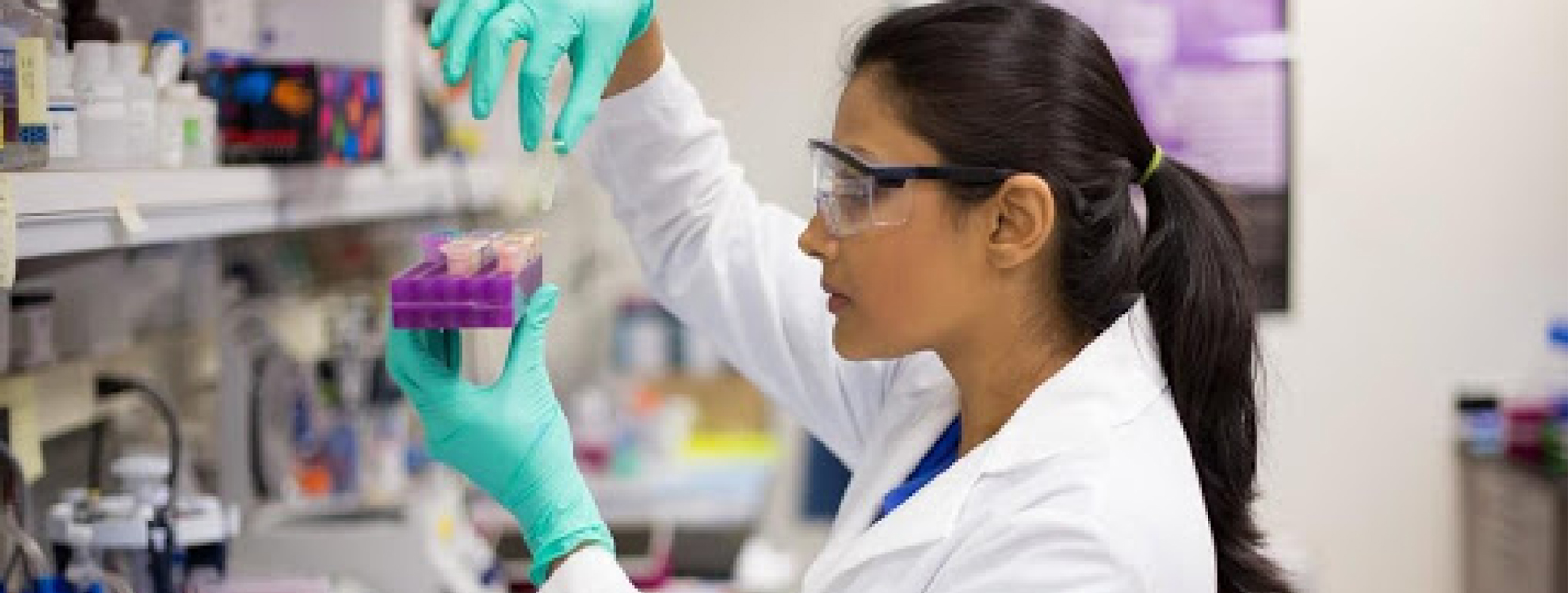News

Aug 12, 2019 by Foresight
Cell Site Analysis: What is it, and How Does it Work?
Cell site analysis seeks to identify where data was used, when it was used, and who used it. These insights are invaluable for proving or disproving alibis, and ensuring that justice is done fairly. With 66% of adults in the UK regularly using a smartphone, and one or more mobile phones usually present at the scene of a crime, cell site analysis can play a large role in legal proceedings.
What Data Does Cell Site Analysis Use?
The phrase ‘cell site’ refers to the mobile phone mast used to handle communications between phones. Data is transmitted to several cell sites in order to allow users to move between geographical areas without losing coverage, and each cell site has several antennae with a unique cell ID. Every time a user makes a call, sends a text, or accesses mobile internet, a cell data record (CDR) is stored by the network provider. Different operators store varying amounts of data in CDRs, but they all include the time and date of a communication, who contacted who, the duration of a call, the device’s unique IMEI number, the phone number related to a SIM card, the first cell ID used, and the last cell ID used.
Location Tracking with Cell Site Analysis
Through a record of which cell site provided the coverage, the location of a device can be approximated. Cell site evidence can be used to piece together information about how an individual travelled, helping to trace an individual’s movements the path of a device before a crime is committed, and when used in combination with other pieces of evidence, can identify whether an individual was at the scene of a crime. Although cell site analysis cannot pinpoint the exact location of a mobile phone, it can be accurate to within a few hundred metres, and build up a compelling picture of evidence to either prove or disprove an alibi.
Establishing Connections
Cell site analysis involves examining call and text message records, showing the frequency of communication between two mobile phones, and where the communications took place. Analysing call data records can identify the time and date of a communication, and IT forensic experts often trace the numbers with which a device regularly communicates. This provides crucial insights into with whom the accused regularly interacts, and can signal if an individual belonged to a larger crime network or took part in organised criminal activity.
Analysis of call data records can infer relationships between multiple devices, including determining co-location and travel together. It is important to note that cell site analysis alone cannot identify whether the accused was using a device at a time or location of interest, but combined with CCTV or eyewitness evidence, can build a convincing case or dismantle an alibi.
Cell site analysis provides critical insights into the whereabouts and communications of the accused and forms a critical element to the legal process. At Foresight Clinical Services we provide cell site experts to assist with investigations nationwide and provide thorough reports to use as evidence in court. Get in touch to find out how a cell site expert can strengthen your case.
FIND YOUR
EXPERT WITNESS
CALL OUR TEAM ON
0330 088 9000
NEWSLETTER SIGN-UP
Stay up-to-date with all the latest news in the industry by signing up to our newsletter. You're welcome to unsubscribe at any time and we'll always treat your personal details with the utmost care.

